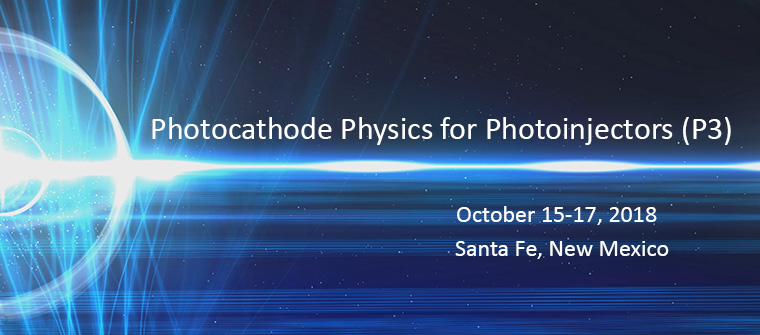Speakers
Description
Abstract
Obtaining high efficiency of polarized electron sources is a priority task, especially for the upcoming Electron-Ion Collider to be able to reach the luminosity needed to reach its physics goals [1].
In this presentation, we review several proposed methods and related simulations aimed at enhancing quantum efficiency (QE) of polarized GaAs photocathodes. Among recent significant developments is a Monte Carlo solution to the Boltzmann transport equation that also includes spin de-polarization mechanisms and was able to describe measured anti-correlation between QE and spin polarization [2]. Another path toward high-efficiency polarized photocathodes was predicted through COMSOL Multiphysics simulations that included an important property of piezoelectric fields in GaAs, namely, suppression of electron-hole recombination at the photocathode surface [3]. The piezoelectric fields were due to generation of surface acoustic waves in the photocathode, leading to predicted enhancement of QE, while simultaneously extending spin lifetimes through reduced electron-hole interaction.
In a further development, we consider nanostructured GaAs photocathodes for enhanced QE and ion damage tolerance. Recent results show Mie resonant arrays of nanopillars improve optical absorptivity of GaAs, but emission can occur simultaneously from nanopillar faces or walls with mixed effects on QE, lifetime, polarization, and mean transverse energy. We anticipate application of the above Monte Carlo solution to the 3D structure of a nanopillar array to probe emission effects.
References
[1]. A. Accardi et al., Electron-Ion Collider: The next QCD frontier, Eur. Phys. J. A (2016) 52: 268.
[2]. O. Chubenko, Detailed Modeling of Physical Processes in Electron Sources for Accelerator
Applications, Ph.D. Thesis, The George Washington University, September 2018; O.Chubenko, A. Afanasev, Tech. Digest, 2017 30th Int. Vacuum Nanoelectronics Conference (IVNC), 10-14 July 2017, Regensburg, Germany
[3]. B. Dong et al., Surface Acoustic Wave Enhancement of Photocathodes, Proc. IPAC2018, Vancouver, BC, Canada, doi:10.18429/JACoW-IPAC2018-THPMK007.
[4] X. Peng et al., Negative Electron Affinity Gallium Arsenide Photocathodes Based On Optically Resonant Nanostructure, Proc. IPAC2018, Vancouver, BC, Canada, doi:10.18429/JACoW-IPAC2018-THPMK111.




